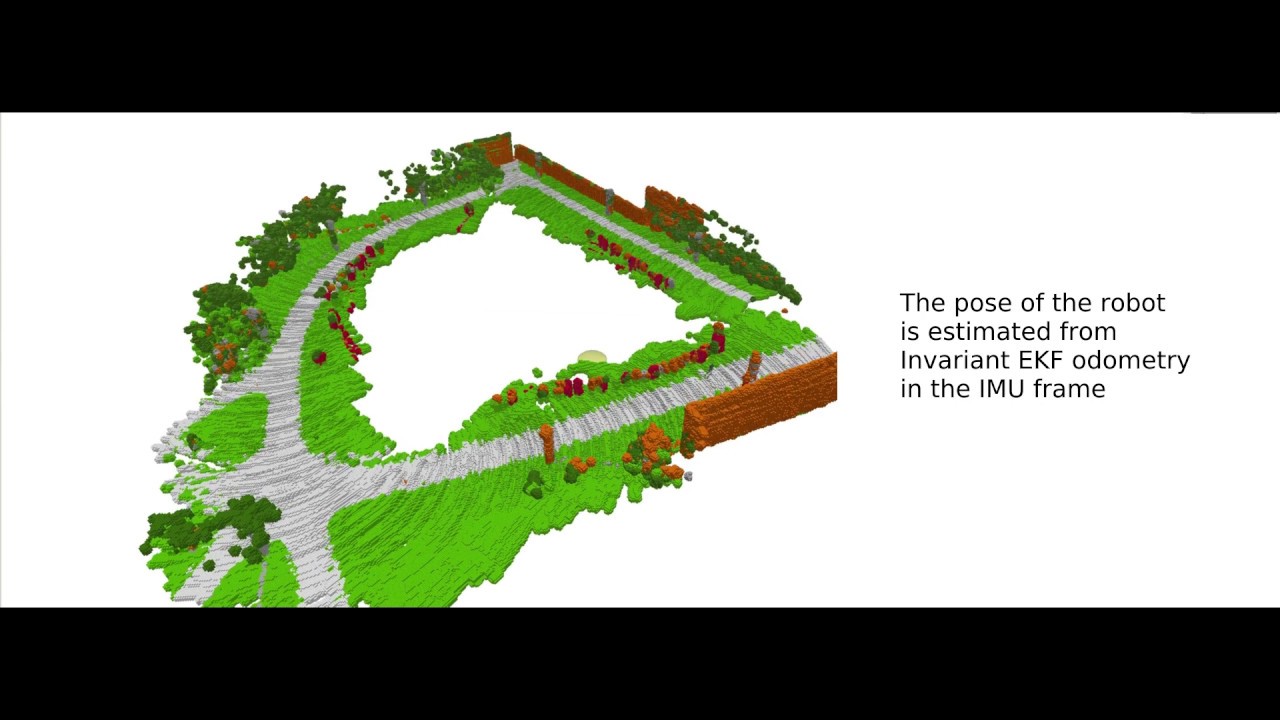English Literature Hub
What is Linguistics? | Definition and Branches of Linguistics: Linguistics is the scientific study of language, specifically language form, language meaning, and language in context. Linguistics is that particular science which studies the origin, organization, nature and development of language descriptively, historically, comparatively, explicitly and formulates the general rules related to language.
Now, let’s discuss some of the branches of linguistics.
General linguistics is a study of the phenomena, historical changes, and functions of language without restriction to a particular language or to a particular aspect of language such as phonetics, grammar and stylistics.
Descriptive linguistics is the work of objectively analyzing and describing how language is actually used (or how it was used in the past) by a group of people in a speech community. It deals with a particular language in a specific time and in a specific community.
Diachronic linguistics is also called historical linguistics. It is the scientific study of language change over time. It studies language change, history of words, history of speech communities and develops general theories about how and why language changes.
Comparative linguistics is a branch of historical linguistics that is concerned with comparing languages to establish their historical relatedness. It compares two languages and establishes relationships between them. This comparison is generally done between the languages which are related to each other.
Theoretical linguistics studies language to construct theories of their structure and functions. It is not concerned with practical applications.
Applied linguistics studies language to apply the concepts and findings of linguistics to practical tasks including English language teaching. It covers both general and descriptive linguistics.
Phonetics is a branch of linguistics that comprises the study of the sounds of human speech. It is concerned with the physical properties of speech sounds or sign, their physiological production, acoustic properties, auditory perception, and NEUROPHYSIOLOGICAL STATUS.
Phonology, on the other hand, is concerned with the abstract and grammatical characterization of systems of sounds or signs. It has traditionally focused largely on the study of the systems of phonemes in particular languages (and therefore used to be also called PHONEMICS or PHONEMATICS.
MORPHOLOGY is the study of words, how they are formed, and their relationship to other words in the same language. It analyzes the structure of words and parts of words, such as stems, root words, prefixes, and suffixes.
…………………………………………………………………
Sources:
www.wikipedia.com
Webster Dictionary
Evgeny Teilor, https://www.jamendo.com/track/1176656/oceans
Image Sources:
www.pixabay.com
www.openclipart.com
…………………………………………………………………………………………
Tags:
what is linguistics
linguistics definition
branches of linguistics
define linguistics




pretty nice video
thank` u
i like linguistics.though im student of medical science.i studied linguistics
Does a scientific study of a subject make it a subject of science?
Can you make one more video on Linguistics
Very good, well done.I apprecited it.
Brief and concrete, Thank you!
Why do foreign language or second language teachers have no place for linguistics? They seem to reply on grammar that has no resemblance to modern linguistics?
Is there anyone who can explain this sentence meaning Please.
"Herewith receive a call from the rest of me
Can I use the following joke?
Kid: what is the meaning of the word context?
Me: that depends.
(Pun intended)
Trying to stay awake…..
I spent 4 years of studying in college to learn this stressful thing
IT is great bgm ,please tell me what is the bgm
what is historical linguistics? What is their profession?
What are the different kinds of linguistics?
thank you for help in my study for the my sucess
What strucualist model of historical linguistic
I really liked it
Gggg
Hey hi! I appreciate this definition of Linguistics. It will definitely help me in my study. Thanks a lot. You explained Phonetics, Phonology, and Morphology as branches of Linguistics, but you didn't include Syntax and Semantics. Why is this? Thanks.
Since linguistics studies how language is form and is not focus on the grammatical context of language, my question would then be; Why is it that a variety of teachers who teach a second language focuses so much on grammar?
O
Thanks
Thanks.. Please upload more on this topic
Thank u
Background music removed
Duas línguas são busca ou pesquisa de estudo, em cursos: inglês e espanhol. Há mais procura desses. É claro, contando com a nossa língua materna: a língua portuguesa. Brasil.
Spelling mistake at 2:03 "LIANGUAGE" instead of "LANGUAGE"
your description is more clear than the video bro